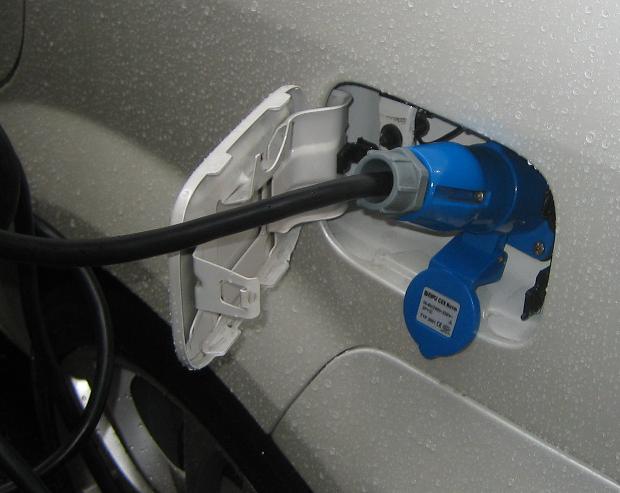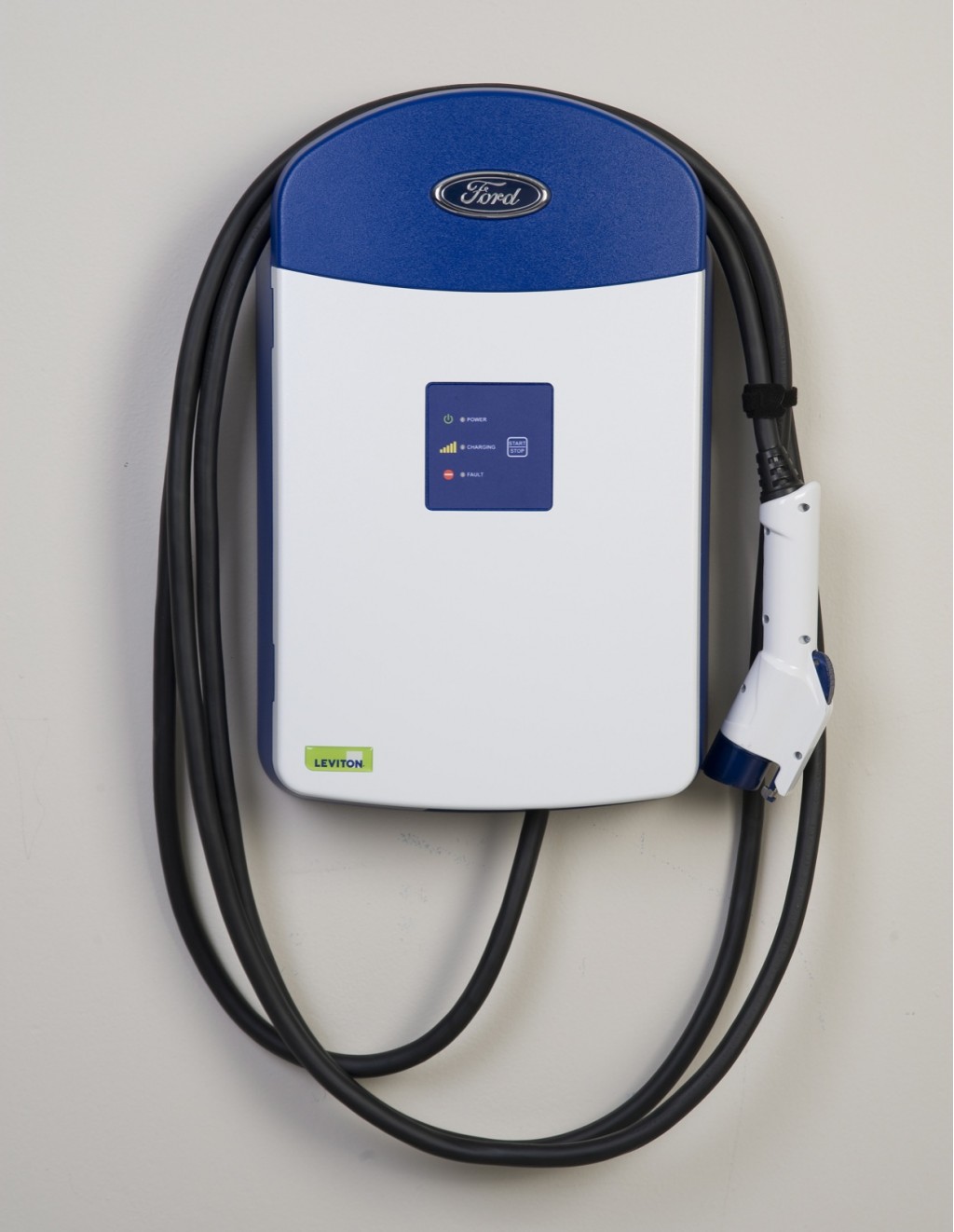Less than two months after the first 2011 Nissan LEAFs and 2011 Chevrolet Volts arrived in the eager hands of their new owners, there is an increasingly large group of owners worldwide who are wanting to ditch the confines of dedicated electric vehicle charge points and plug in where-ever they can find a suitable power source.
Speedy Filling, Not Painful Trickle Charging
Of course, anyone with an electric car can already charge anywhere they like, but only at 110V. Using a standard domestic socket, recharging the 24 kilowatt-hour 2011 Nissan LEAF battery takes 20 hours. For a 2011 Tesla Roadster, recharging takes over a day.
But using a domestic dryer or cooker circuit, a Level 2 charging could be possible, reducing charge times by a factor of up to 3, depending on the current available.
Charge Where Required, Not Where Available.
Reading forums like the NissanLeaf fansite mynissanleaf.com it’s apparent that many LEAF owners want the option to charge where a suitable 240V supply exists, rather than where expensive 240V Level 2 or Level 3 Electric Vehicle Supply Equipment (EVSE) is situated.

European
They’re grateful of the 110V ‘emergency charge’ facility of electric vehicles, but find the slow recharge rates offered extremely impractical. They want to fill up faster. Not only that, but many enthusiasts can’t see the point of EVSE when there’s already a standard for domestic and industrial 240V plugs capable of providing power just as readily as EVSEs can.
Economic Sense
Let’s examine a scenario: charging at your place of work.
While most commutes are less than 50 miles each way, some owners do want to commute further. The only option is to refill at work, unless you own a plug-in hybrid like the 2011 Chevrolet Volt or longer range car like the 2011 Tesla Roadster.
Persuading your boss to let you charge from an available 240V supply or asking them to install one for a few hundred dollars is one thing. Asking them to sink anything upwards of $1500 into a dedicated EVSE for your car is something else.
Portable EVSE With Adaptor Plugs

Tesla Roadster recharging at Denver International Airport, from SolarDave blog
What many owners want, and are prepared to buy, is a portable EVSE solution. Acknowledging that the J1772 inlet port on electric vehicles is here to stay, they’re happy to carry around a portable EVSE unit to act as an adaptor between whatever available power supply there is and their car.
Tesla Roadster owners have been doing just that already. With a whole host of interchangeable heads, Tesla’s mobile charging kit can charge a Tesla Roadster pretty much anywhere a power outlet capable of supplying anything from from 110V, 15A through to 240V, 40A exists.
That translates to charging up almost everywhere from a campsite to your friend’s garage. No fancy EVSE required.
As you can imagine, 2011 Nissan LEAF and 2011 Chevy Volt owners want the same ability to charge anywhere that Tesla owners enjoy.
Is it Legal?
Yes, and no. It’s a grey area.
Ask many salespeople and they’ll tell you that EVSE for an electric car like the 2011 Nissan LEAF needs to be hard-wired in order to comply with building, federal and state legislation.
But that’s not technically true.
Installing a dedicated EVSE requires it to be hard wired, but only in certain circumstances. If appropriate safety protocols are followed, including a suitable 240V permanently wired and protected socket, it is possible to have an EVSE which plugs in to a wall outlet and then plugs into your car.
As for just making up an adaptor cable from a domestic 240V 40A socket to a J1772? That won’t work, thanks to electronics inside each and every EVSE designed to ensure that charging takes place in a safe and controllable way.

2011 Coda Sedan prototype - charging socket
Is it Safe?
While the U.S. keeps domestic power supplies at 110V, 15A, some countries use 230-240V for everyday home appliances without any issues.
In fact, most European countries use 230V outlets capable of supplying a full 3.3 kilowatts of energy. Visit a European campsite or marina and 230V, 16A and 32A waterproof ‘commando’ connectors are commonplace.
In fact, I’ve got 230V 16A and 230V 32A connectors outside my home for the sole purpose of charging up electric cars. They were professionally installed, certified and tested. The cost? A shade under $300 for the pair.
Isn’t Level 2 Portable EVSE Available Now?

2012 Ford Focus Electric
Not yet, although several companies are planning on releasing them soon.
Ford’s recently announced charging station which it will sell through Best Buy stores nationwide is actually the 30A version of a semi-permanent charging station solution made by Leviton.
While a permanent 240V, 40A power supply is to the garage is required, the installation features a suitable wall outlet which the charging station plugs into. The station is sited on the wall, but can be removed.
Leviton isn’t the only company promising plug-in EVSE charging solutions, but as yet not a single one is on sale.
Buy Now, Lose Future Portability

AV charger
That lack of portable EVSE charging solutions on the market now is causing owners a huge headache. Do they suffer the problems of charging at home using a 110V outlet and the ‘emergency’ trickle charge option, or do they stump up huge sums of money for an EVSE which is permanently wired into their home electrical circuits?
We’re convinced that some enterprising, not-quite-so-legal attempts are already taking place to free hard-wired equipment from garages nationwide by splicing appropriate plugs and sockets. But since that could void the warranties of units such as the Areovironment home charging station, not to mention the car plugging into it we’d have to advise caution.
If Level 2 portable charging stations become available in the near future we’d advise holding off on personal purchases of Level 2 stations. Sure, public charging stations are increasing by the day, but for that extra flexibility you may want to know you can take your EVSE with you, where ever you want to go.













